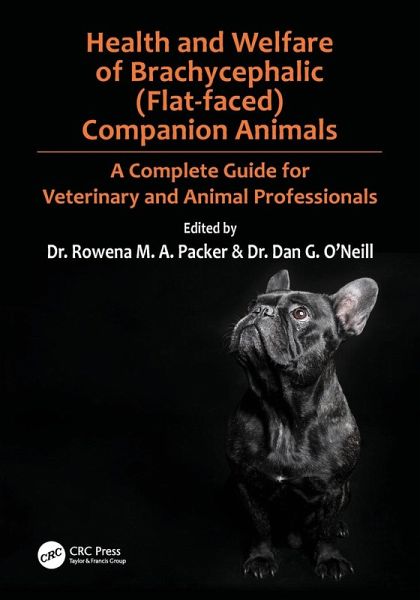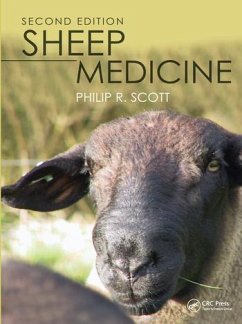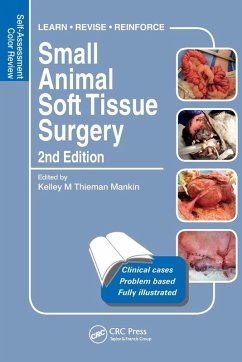
Broschiertes Buch
Health and Welfare of Brachycephalic (Flat-faced) Companion Animals
A Complete Guide for Veterinary and Animal Professionals
Herausgeber: Packer, Rowena; O'Neill, Dan
Versandkostenfrei!
Versandfertig in 1-2 Wochen

PAYBACK Punkte
38 °P sammeln!




Brachycephalic dogs are a source of health and welfare concerns for small animal vets. This book equips them with practical knowledge, covering technically-challenging surgical procedures, management of unique disorders and ethical and welfare aspects of choosing and caring for these breeds.
Rowena graduated from the University of Bristol with a first-class BSc in Animal Behaviour and Welfare (2009). She then went on to complete a PhD at the Royal Veterinary College (2013) exploring the impact of conformational extremes on canine health, focusing on brachycephalic breeds. This work culminated in a research impact event 'Building Better Brachycephalics' in 2013 and has since influenced international policy and legislation on the breeding of brachycephalic dogs. She has continued to work at RVC in the field of canine health and welfare research since finishing her PhD, including being awarded a BBSRC Future Leader Fellowship in 2016. She is now Lecturer in Companion Animal Behaviour and Welfare Science at RVC and leads a research team exploring diverse topics in this area. Rowena has authored over 60 papers on canine and feline health and welfare since 2012. She was awarded UFAW's Young Animal Welfare Scientist of the Year Award in 2016. Rowena is co-leader of RVC's Brachycephalic Research Team and a founding member of the UK Brachycephalic Working Group. Dan graduated in veterinary medicine from Dublin in 1987. After 22 years in small and large animal general practice as well as in industry, he gained an MSc in epidemiology in 2009. He was awarded a PhD in 2014 at the Royal Veterinary College (RVC) for developing the VetCompass(TM) Programme to evaluate breed effects on the health of dogs and cats. He is now Senior Lecturer in Companion Animal Epidemiology at the RVC. Dan has authored over 70 VetCompass(TM) papers since 2012 that provide welfare evidence and benchmarks relevant to UK companion animals. He co-authored the 3rd edition of the book 'Breed Predispositions to Disease in Dogs and Cats' as well as a book on hamster health 'Hamsters; in sickness and in health'. He was awarded a fellowship by RCVS in 2018 and the Blaine Award by BSAVA in 2019. His current research programme focusses on breed-related health in dogs and cats based on applying VetCompass clinical data shared from over 30% of UK vet practices. Dan chairs the UK Brachycephalic Working Group and is a leader of the Royal Veterinary College's Brachycephalic Research team. Dan's ethos is that without good evidence, we are all just muddling around in the darkness.
Produktdetails
- Verlag: Taylor & Francis Ltd
- Seitenzahl: 418
- Erscheinungstermin: 6. August 2021
- Englisch
- Abmessung: 254mm x 178mm x 23mm
- Gewicht: 788g
- ISBN-13: 9780367207243
- ISBN-10: 0367207249
- Artikelnr.: 61395969
Herstellerkennzeichnung
Libri GmbH
Europaallee 1
36244 Bad Hersfeld
gpsr@libri.de
Für dieses Produkt wurde noch keine Bewertung abgegeben. Wir würden uns sehr freuen, wenn du die erste Bewertung schreibst!
Eine Bewertung schreiben
Eine Bewertung schreiben
Andere Kunden interessierten sich für











